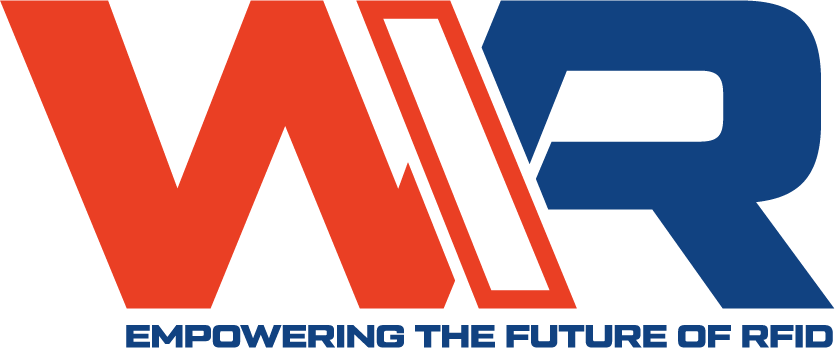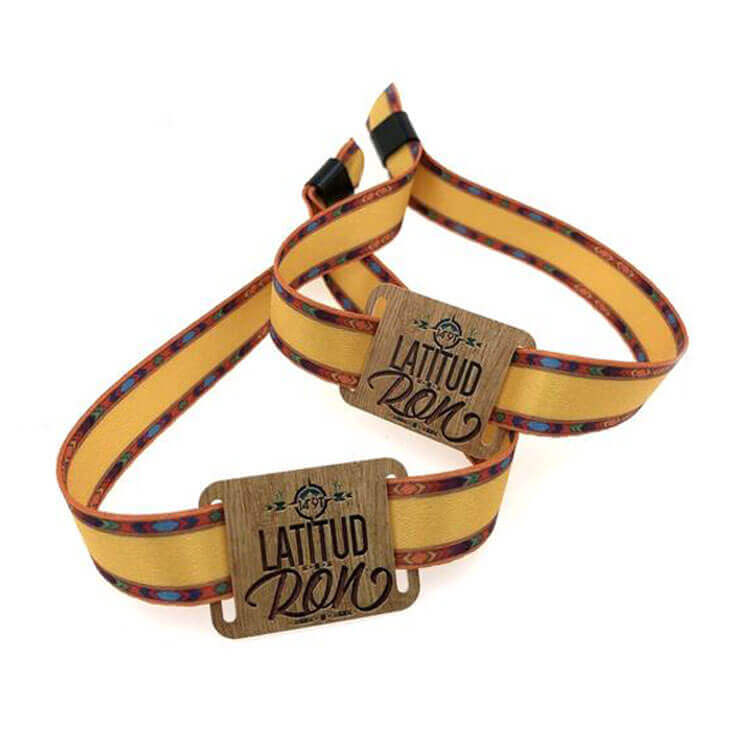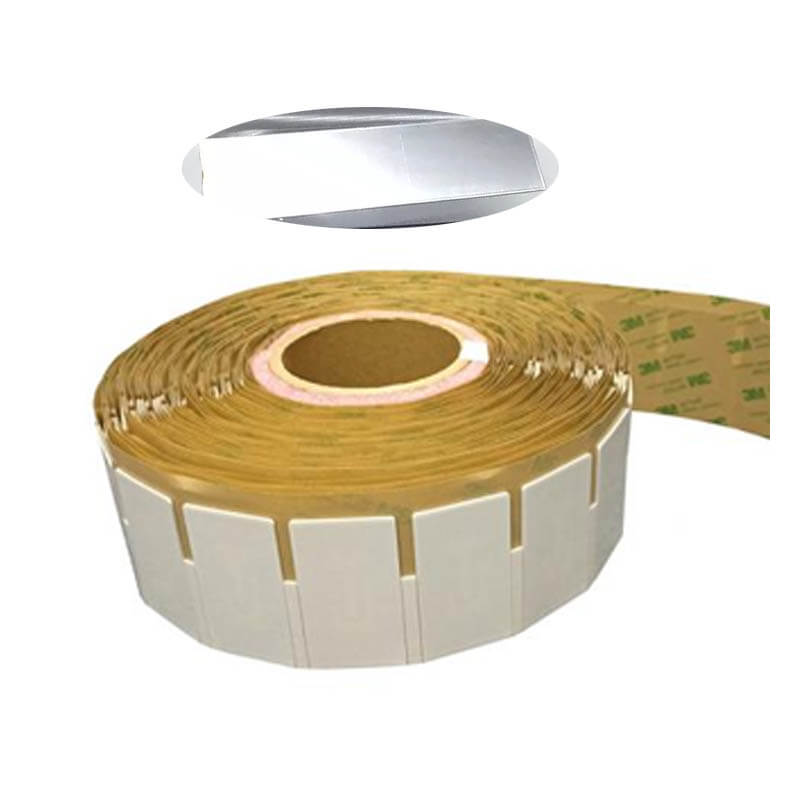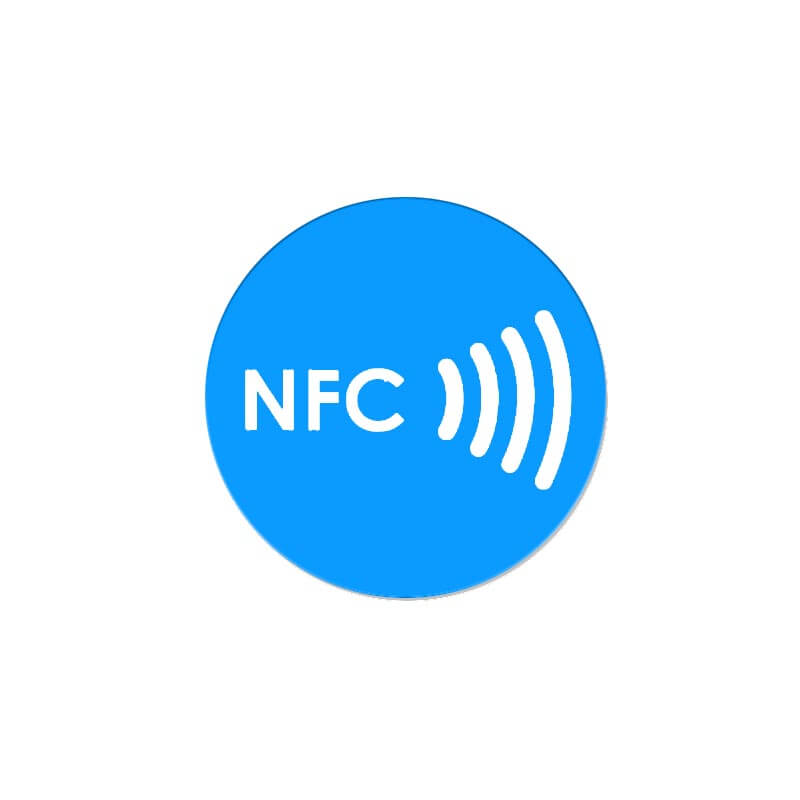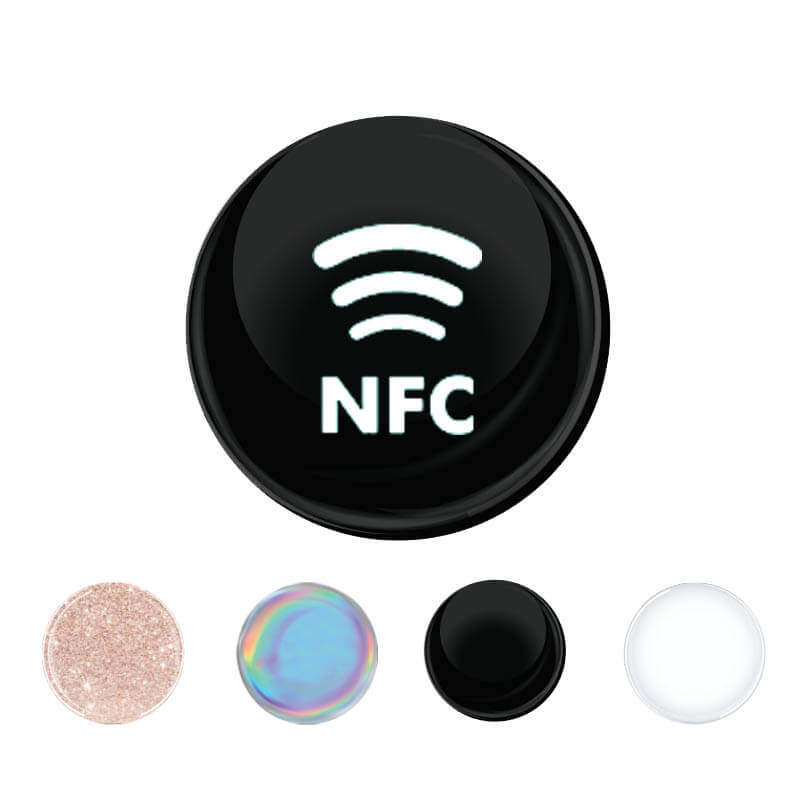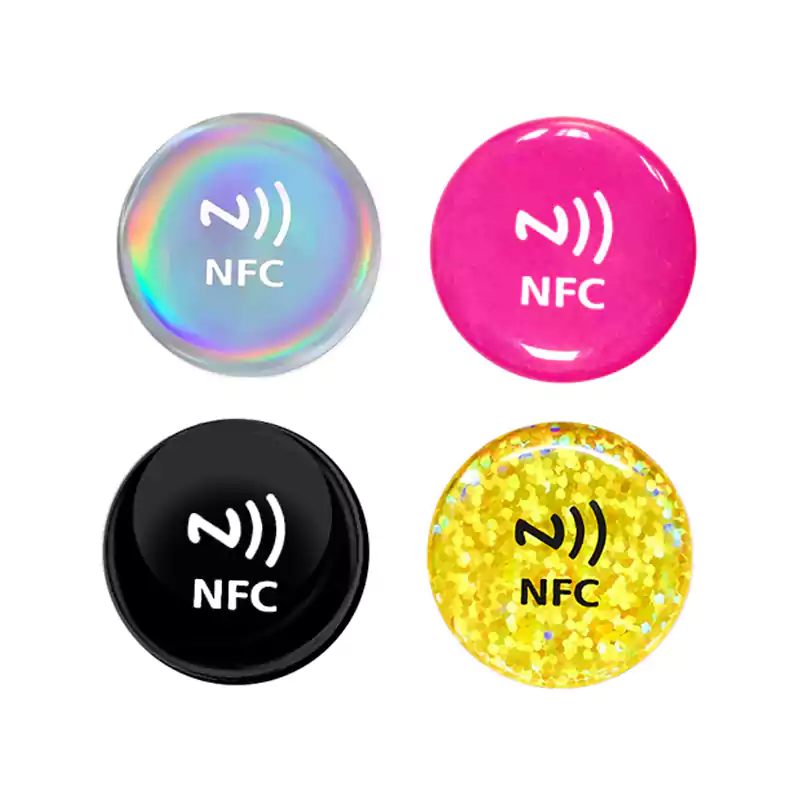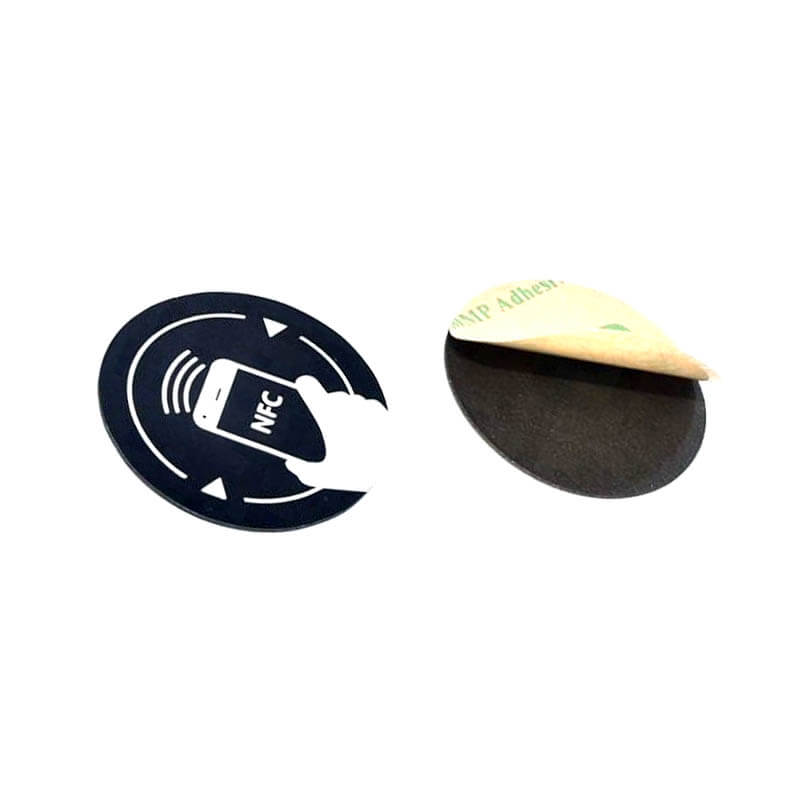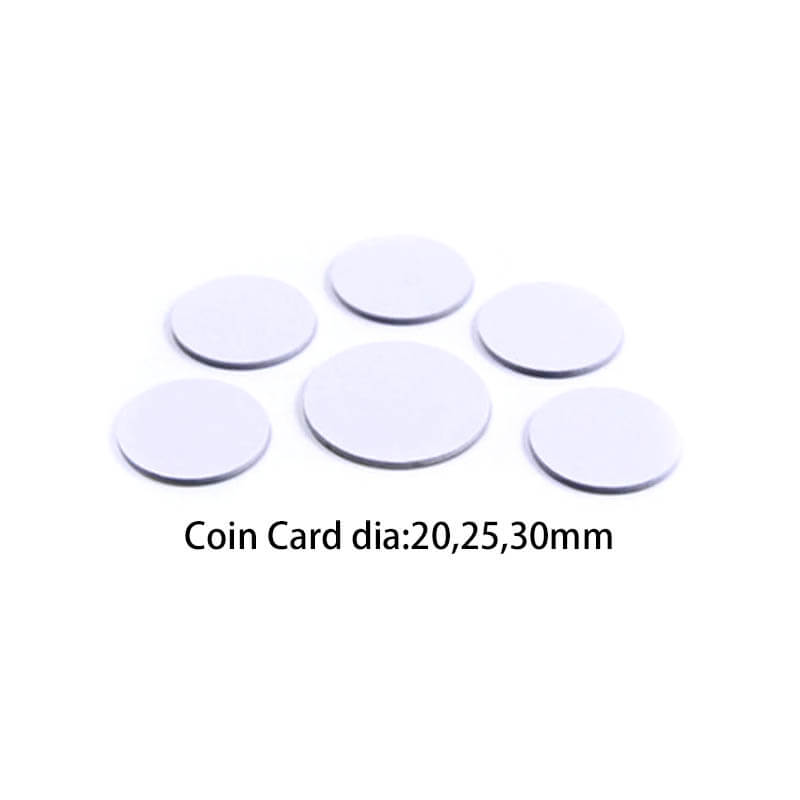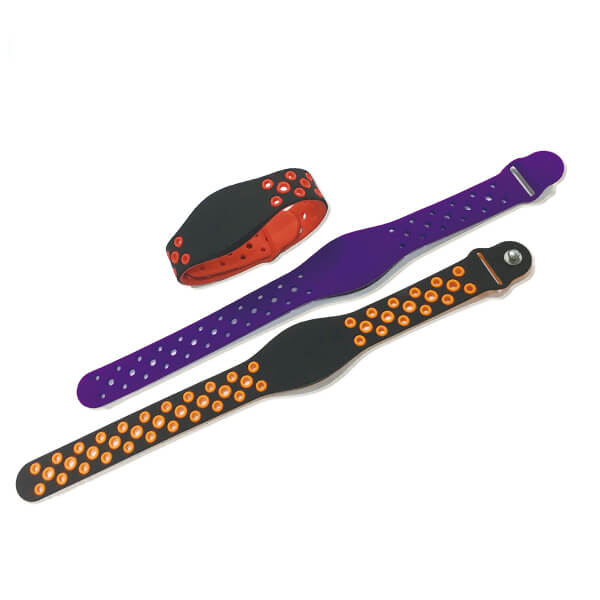Driven by the development of the Internet of Things (IoT) technology, RFID has become a tracking technology that organizations that rely heavily on their assets must master. This technology is used in many asset-tracking applications, including tool tracking, vehicle tracking, and inventory management.
Over the past 20 years, asset tracking solutions have peaked in global adoption across the business world. With the manufacturing, logistics, retail, and healthcare industry-leading, it’s no wonder that the global asset tracking market share is estimated to reach $36.3 billion by 2025.
As companies continuously strive for comprehensive management of their key income assets, RFID asset tracking has proven to be a “preferred” technology. Its benefits include reduced working hours and real-time location tracking, which is not surprising.
What Is RFID Asset Tracking?
RFID is a revolutionary tracking technology that uses tiny radio tags to automatically identify and track assets. It uses radio frequencies to communicate between the tags and readers, making it a contactless technology.
RFID tags are the central component of an RFID system. They contain a microchip used to store information about the asset. The data is usually a unique identifier, but can also include other data such as the asset’s location, history, or owner.
For an RFID system to work optimally, the tags need to be read by an RFID reader. This is a device that emits radio waves and reads the data stored on the tag’s chip. The reader then sends this data to a computer, which can be used to track the asset in real time.
Overall, RFID technology offers several advantages over traditional asset-tracking methods, such as barcodes. RFID tags can be read faster and from a greater distance than barcodes, making them well-suited for tracking moving assets.
Besides, RFID tags do not need to be in the line of sight of the reader to be read, further increasing their flexibility. This is because RFID tags use radio waves to communicate with the reader, whereas barcodes rely on optical scanners that need a clear line of sight to function properly.
Types of RFID Tags for Assets
RFID tags come in a variety of shapes and sizes to suit different tracking applications. The classification is as follows:
Based on Functionality (Power Source)
- Active Tags
Active tags are commonly used with mobile assets, such as vehicles. They contain a battery that powers up the tag’s circuitry, allowing it to broadcast a signal at regular intervals.
This consistent signal broadcast makes active tags much easier to track. They also have a longer read range of up to 100m, making them well-suited for tracking assets over long distances.
However, active tags are pricey and require more maintenance than passive tags. The batteries need to be replaced periodically, which can be a costly and time-consuming process.
Active tags are also bulkier than passive tags due to the inclusion of the battery. This can make them less suited for tracking smaller assets.
- Passive Tags
Passive tags are the most common type of RFID tag. They do not have a battery and instead rely on the energy emitted by the RFID reader to power up the tag’s circuitry.
This makes passive tags much cheaper than active tags. They are also smaller and more durable, making them well-suited for tracking smaller assets.
However, passive tags have a shorter read range than active tags. They can only be read from a distance of up to 10m. This limitation makes them less suited for tracking assets over long distances.
Another challenge with passive tags is that they can only be read when they are within the range of the RFID reader. This means that they need to be periodically brought close to the reader for their location to be updated.
Classification Based on Frequency Used
- Low-Frequency (LF) Tags
125KHz RFID cards operate at radio frequencies between 30kHz and 300kHz. They are the oldest type of RFID tag and have been in use for decades.
LF tags for assets can be limited by their short read range. They are only ideal for tracking assets that are within proximity of the reader, such as in a warehouse.
Additionally, these tags are not affected by metallic or other materials that can interfere with RFID signals. This makes them well-suited for tracking assets in difficult environments.
- High-Frequency (HF) Tags
HF tags operate at radio frequencies between 3MHz and 30MHz. They can be read from a greater distance than LF tags. This makes them well-suited for tracking assets over long distances, such as in a supply chain.
Additionally, these tags are inexpensive, making them ideal for large-scale deployments. They are also small and have different form factors, making them easy to attach to assets.
However, the 13.56MHz HF RFID cards can be more susceptible to interference than LF tags. This is because they operate at higher frequencies, which can be more easily disrupted by metallic or other materials
- Ultra-High-Frequency (UHF) Tags
UHF tags operate at radio frequencies between 300MHz and 3GHz. They have the longest read range of all RFID tag types. This makes them ideal for tracking assets over long distances, such as in a supply chain.
Additionally, 860-960MHz UHF RFID cards can be read very quickly. This makes them well-suited for tracking large numbers of assets in real-time.
However, UHF tags are more susceptible to interference than LF or HF tags. This makes them unsuitable for tracking assets in difficult environments (metallic & wet environments).
If you want to tap on the benefits without compromising on the functionality, ensure you get a metal mount RFID tag. These types have been modified to work even in the most challenging of environments while offering all the features that come with a UHF tag.
How Does RFID Asset Tracking Work?
RFID tags for assets help organizations keep track of their valuable resources. Here is a step-by-step explanation of how RFID asset tracking works:
- Purchase RFID Tags. You must choose the tags to be affixed to your assets. There are different types of RFID tags, so you must choose the one that is best suited for your needs. For example, if you need to track assets over long distances, you would want to use UHF tags.
- Attach RFID Tags to Assets. Once you have chosen the right RFID tags for your needs, you must attach them to your assets. This can be done using adhesive (for small tags) or screws (for larger tags).
- Install an RFID Reader. You will need an RFID reader to read the tags attached to your assets. There are different types of RFID readers, and you must critically evaluate your needs to choose the right one. If you need to track assets in real-time, you would want to use a handheld RFID reader. On the other hand, you can use a fixed RFID reader if you only need to track assets periodically.
- Add Assets to Asset Tracking Software. Once you have attached RFID tags to your assets and installed an RFID reader, you must add your assets to an asset tracking software.
- Track Assets in Real Time. You can now use asset tracking software to track your assets in real time. The software will show you the location of each asset, as well as other important information such as when it was last seen.
Overall, the process of tracking assets using RFID tags is quite simple. If you find it daunting, you can always take the help of an RFID solution provider who will guide you through the entire process and ensure that your tracking system is up and running smoothly.
Benefits of RFID Asset Tracking
There are many benefits of using RFID tags for assets, including:
- Better asset visibility is made possible by RFID technology, which enables firms to track the whereabouts, condition, and utilization of assets in real-time.
- Enhanced Efficiency: By using RFID to automate asset tracking, firms may cut down on human data entry and mistakes, speed up asset locator processes, and make smarter decisions.
- Increased Productivity: Businesses may streamline their asset management procedures with RFID technology, which lowers operating expenses and boosts productivity.
- Improved Asset Utilization: RFID asset monitoring enables companies to manage asset lifecycles and optimize asset utilization, enabling preventative maintenance and reducing downtime.
- Improved Security and Loss Prevention: Assets that have RFID tags installed in them may be easily tracked down in the case of theft or loss. RFID tags can also be used to monitor asset usage and access in order to stop unlawful access.
What are the Shortcomings of RFID Asset Tracking?
Despite the many benefits of RFID asset tracking, there are a few potential drawbacks that you should be aware of, including:
- High implementation costs: RFID asset monitoring necessitates a substantial upfront investment in infrastructure, hardware, and software, which may be unaffordable for smaller organizations.
- RFID readers have restricted read ranges, therefore it’s possible that they won’t be able to pick up signals from objects that are outside of that range.
- Interference: Other radio frequencies can cause problems for RFID technology, and the signals from several RFID tags might clash and cause data collection mistakes.
- RFID tags may malfunction or sustain damage, leaving them useless and making the item untraceable.
- Privacy Issues: RFID asset monitoring poses privacy issues since the data collected by the tags may be utilized to follow the movements of both individuals and things.
- Complexity: There may be a learning curve for users and maintenance staff when it comes to setting up and maintaining RFID asset monitoring systems.
Notwithstanding these possible disadvantages, every firm may benefit from RFID asset tracking. You must consider the advantages and disadvantages before adopting it in order to decide if it will meet your needs.
Related articles:
- Why You Need RFID Jewelry Tags?
- Use of RFID Technology in Hospitals – 7 Things You Can Track
- A Guide to RFID Tags Types And What are they Difference
- 10 Ways RFID Technology is Already in Your Life!
- RFID on Metal: A Few Things You Should Know about RFID and Metal Surfaces
- Tool Tracking – RFID Tags for Tools
- Optimizing Your Business with RFID Asset Management
- What Are RFID Tags and How Are They Used?
- How RFID Technology Helps Data Analytics
